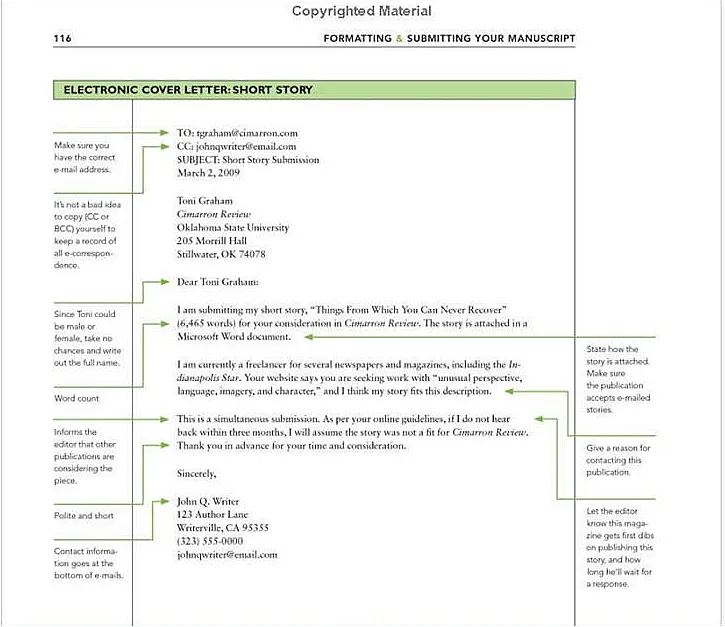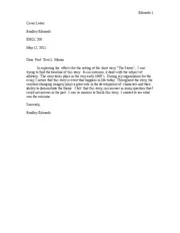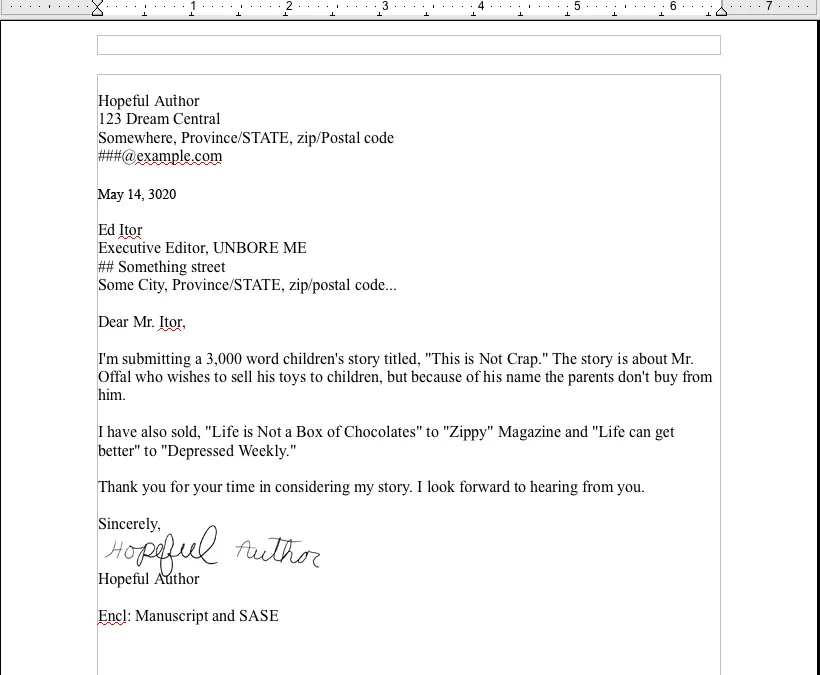What is a Cover Letter and Why Do You Need One?
A cover letter for a short story is more than just a formality it’s your personal introduction and a crucial tool in getting your work noticed. Think of it as your first impression. In a competitive literary landscape, a well-crafted cover letter can make the difference between your story being read and being passed over. It serves as a bridge between you and the editor or publisher, providing context for your story and showcasing your professionalism and attention to detail. Without a compelling cover letter, your story might be lost in the slush pile, regardless of its brilliance. It is your opportunity to sell yourself as a writer and make the reader want to read your story. Many writers struggle with these letters but they are so important.
Key Components of a Winning Cover Letter
A winning cover letter comprises several key elements, each playing a vital role in its overall effectiveness. Begin with your contact information, including your name, address, email, and phone number. Then, address the editor or publisher correctly using their name if possible this demonstrates that you’ve done your research and are not sending a generic submission. Introduce yourself, mentioning your story’s title and a brief, engaging hook. This could be a sentence that captures the story’s essence. Briefly summarize the story, focusing on its central theme or conflict. Mention the genre and word count to give the reader context. The letter should also highlight why your story is a good fit for the publication, referencing their previous work or the themes they explore. Finally, end with a professional closing and your signature.
Formatting Your Cover Letter Professionally

Professional formatting is essential for conveying your seriousness and attention to detail. Use a standard business letter format with a clear, readable font such as Times New Roman or Arial, sized at 12 points. Maintain consistent margins (typically one inch on all sides) and single-space your text, with a double space between paragraphs. Ensure that your contact information is left-aligned at the top, and the recipient’s information (editor’s name, publication name, address) is aligned to the left, below your own. Keep the tone formal and respectful, avoiding slang or overly casual language. The entire letter should fit on one page; if it exceeds this length, it is likely too long. A well-formatted letter shows respect for the reader and highlights your professionalism as a writer.
Crafting a Compelling Opening
The opening of your cover letter is your chance to grab the reader’s attention. Avoid generic phrases like “I am writing to submit…” Instead, start with a hook that immediately engages. This could be a compelling sentence that encapsulates your story’s theme or a brief, intriguing description of your protagonist. Clearly state the title of your short story and the publication to which you are submitting. Mentioning where you learned about the submission opportunity can also personalize your letter. For instance, you might say, “I was particularly drawn to your call for submissions on themes of…” or “I am a longtime reader of your publication and was inspired by…” This opening sets the tone for the rest of the letter and encourages the reader to continue.
Highlighting Your Story’s Strengths
Your cover letter should highlight the unique strengths of your story. Focus on what makes your story stand out, such as its originality, compelling characters, or unique plot. Briefly summarize the story’s main themes or the central conflict, emphasizing elements that will resonate with the publication’s audience. Mention any awards, publications, or relevant experiences that bolster your credibility as a writer. If your story explores a specific genre, clearly state it (e.g., science fiction, historical fiction, fantasy) to help the editor understand the context. If your story is part of a larger project, such as a novel, mention this briefly, but avoid going into excessive detail. This helps the editor understand the scope and relevance of your work.
Showcasing Your Unique Voice and Style

While maintaining professionalism, use your cover letter to showcase your distinctive voice and writing style. Write with clarity and precision, and let your personality shine through. This is your opportunity to express your enthusiasm for your story and the publication to which you are submitting. Avoid sounding generic or overly formal; instead, aim for a tone that is confident, genuine, and engaging. Choose your words carefully to reflect the tone and style of your story. For instance, if your story is humorous, a touch of wit in your cover letter might be appropriate, but always ensure it aligns with the overall professionalism. Showcasing your voice helps the editor get a sense of your writing and your personality.
Tailoring Your Letter to the Submission Guidelines
Carefully review the submission guidelines of the publication before writing your cover letter. Tailor your letter to meet their specific requirements. Some publications have specific formatting preferences or ask for particular information in the cover letter. Always address the editor by name if it is provided. If the guidelines specify a word count for the cover letter or a particular tone, adhere to these instructions precisely. Mention any previous publications or experiences that are relevant to the publication’s focus. Tailoring your letter demonstrates that you have done your research and understand the publication’s needs. Failure to follow guidelines can lead to immediate rejection, so this step is crucial for success.
Proofreading and Editing Your Cover Letter
Thorough proofreading and editing are non-negotiable steps in the cover letter writing process. Errors in grammar, spelling, and punctuation can undermine your credibility as a writer. Before submitting, carefully read your letter multiple times, ideally after taking a break to refresh your perspective. Use a spell checker and grammar checker, but do not rely solely on these tools. Proofread for consistency in formatting, correct use of names and titles, and overall clarity. Consider asking a trusted friend, colleague, or writing group member to review your letter for any mistakes you might have missed. A polished, error-free cover letter projects professionalism and shows that you are meticulous in your work.
Closing Your Cover Letter Effectively

Your closing should be polite, professional, and leave the reader with a positive impression. Express your gratitude for their time and consideration. Reiterate your enthusiasm for the publication or the opportunity to submit your work. Include a standard closing such as “Sincerely,” or “Best regards,” followed by your typed name. Some writers also include a brief sentence about how to contact them, such as “I look forward to hearing from you” or “You can reach me at [email address or phone number].” Always double-check that all contact information is correct. A well-crafted closing leaves a lasting impression and strengthens your chances of getting your short story read and possibly accepted.
